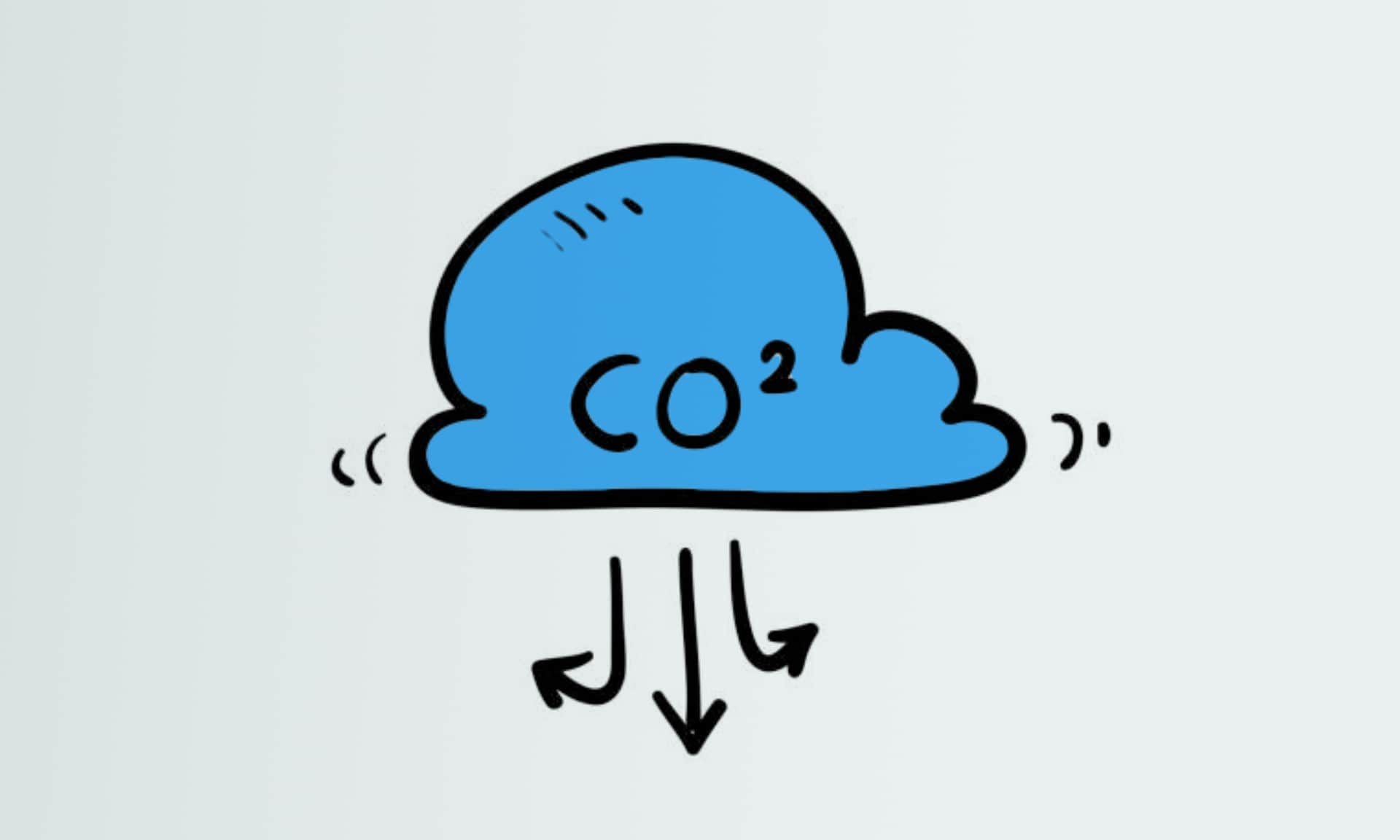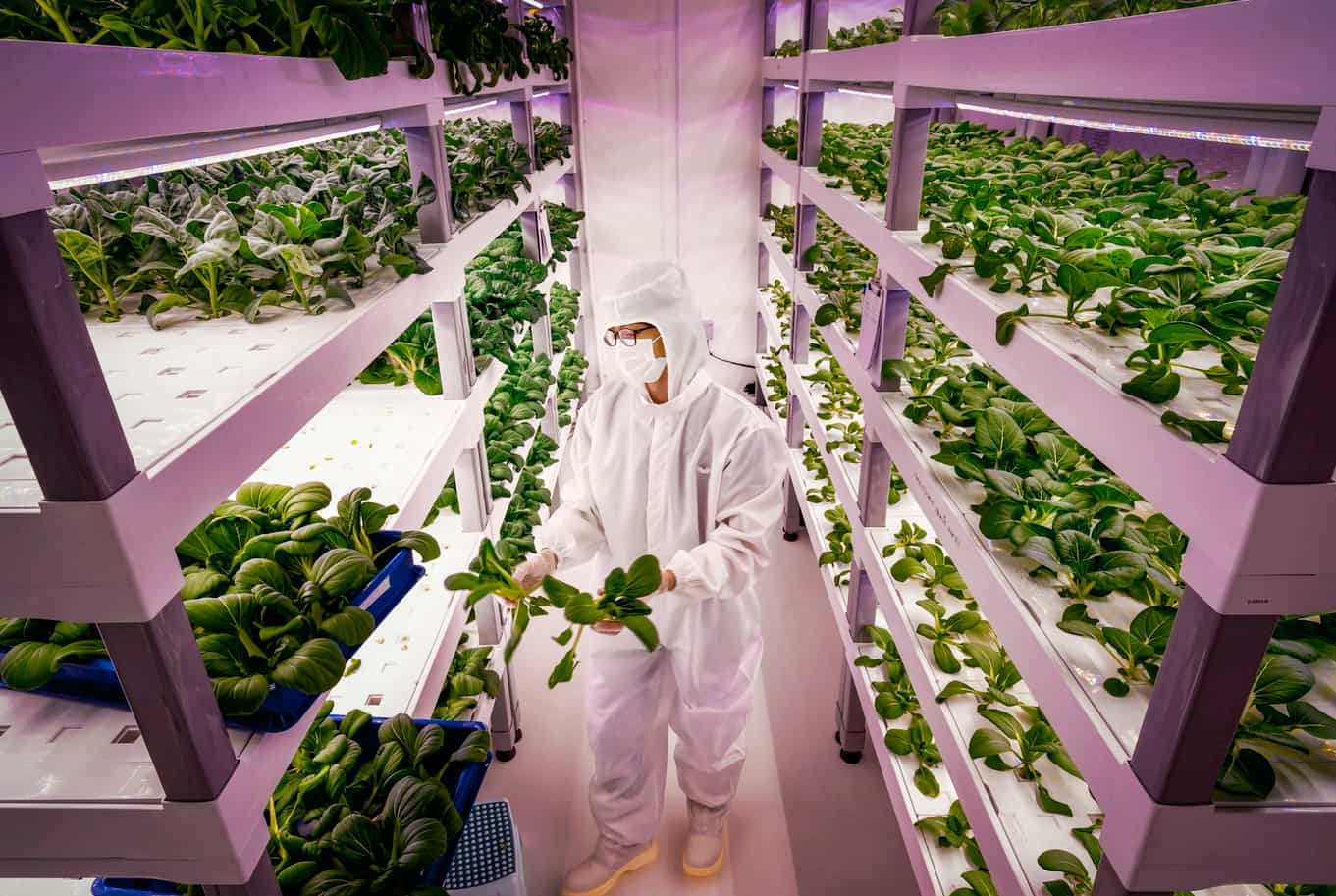4 Ways to Use Carbon Dioxide to Curb Global Warming
From bioenergy to oil recovery, construction materials to clean fuel… here are four ways to utilise carbon dioxide.

Global warming, a crisis primarily driven by the emission of greenhouse gases such as carbon dioxide, calls for innovative solutions. Our reliance on fossil fuels for electricity generation, transportation, industrial processes and domestic heating has exponentially escalated carbon dioxide levels.
This gas is a significant contributor to the greenhouse effect, which in turn accelerates global warming. But what if we could transform this problem into a solution? Here are four ways we can utilise carbon dioxide to help keep the global temperature rise below 1.5 degrees Celsius by 2100.
1. Harnessing Bioenergy: Nature’s Power Plant
Bioenergy with Carbon Capture and Storage (BECCS) uniquely combines nature’s own carbon capturing agents, plants, with advanced technology to absorb and securely store carbon dioxide. The process begins with growing biomass like forest plantations or energy crops. As they flourish, these plants naturally absorb carbon dioxide from the atmosphere, a process integral to their growth and development.
Once grown, this biomass is harvested and used as fuel to generate energy. The combustion process releases carbon dioxide, which is then captured and securely stored underground, preventing it from contributing further to the greenhouse effect.
In essence, BECCS achieves a double victory. It not only absorbs CO2 but also ensures its long-term storage, making it a truly innovative approach to tackling global warming.
However, large-scale implementation of BECCS could risk competition for land and water resources, which could impact food production and biodiversity. Thus, a balance must be found to optimise the benefits of BECCS while mitigating these risks.
2. Oil Recovery: Breathing New Life into Old Wells
Carbon dioxide can play a beneficial role in enhancing crude oil extraction from ageing oilfields. This method, known as Enhanced Oil Recovery (EOR), involves injecting carbon dioxide into oilfields. The carbon dioxide mixes with the oil, reducing its viscosity and improving its mobility, making it easier to extract.
Once the oil is brought to the surface, it is processed to separate the carbon dioxide. This now-separated carbon dioxide can be sequestered, or stored, preventing it from entering the atmosphere. This process not only enhances oil recovery, but also provides an effective means to capture and store carbon dioxide.
3. Soil Enhancement and Turning Carbon into Building Blocks
The idea of pulling carbon dioxide directly from the air might seem like science fiction, but it’s an active area of research and development. Direct Air Capture (DAC) systems serve this very purpose. The captured carbon dioxide can then be reacted with a lime solution to create calcium carbonate.
Calcium carbonate is more than just a chemical compound. It’s an invaluable tool in agriculture, where it can be used to neutralise acidic soils and provide plants with essential calcium.
Beyond the fields, the wider application of calcium carbonate becomes apparent in the construction industry. The mineralised carbon dioxide in the form of calcium carbonate can serve as a valuable component for construction materials.
Despite its promising application, DAC systems are energy-intensive, still in their early stages of development and, currently, very costly.
4. Methanol: Transforming Carbon into Cleaner Fuel
The transformation of carbon dioxide into methanol presents an innovative way to combat climate change while meeting energy demands.
Carbon dioxide emissions from various sources, such as coal-based power plants and steel plants, are captured and combined with hydrogen to produce methanol. This process notably involves the use of “green” hydrogen, produced from renewable energy sources via water electrolysis, underlining its sustainability.
Methanol production at an industrial scale relies on a technology known as thermal catalytic carbon dioxide hydrogenation. This process yields a fuel that is cleaner and more environmentally friendly than traditional fossil fuels.
Though methanol is less energy-dense than petrol and diesel, its versatility shines in its wide range of applications. From powering vehicles to cooking meals, methanol provides a sustainable alternative to wood, low-grade coal and liquified petroleum gas. This switch could greatly reduce harmful emissions, improving air quality and reducing health risks associated with poor air quality.
We need to do more, and we need to do it faster
The urgency to address the current climate crisis cannot be overstated. If implemented effectively, these strategies could indeed present economically viable, environmentally sustainable, and socially acceptable solutions. However, they are only pieces of a much larger puzzle.
No single technology will suffice in keeping the global temperature rise below 1.5 degrees Celsius by 2100. It will require an amalgamation of these methods, and others not yet discovered, along with substantial reductions in current CO2 emissions. The ticking clock of climate change highlights the necessity of immediate and decisive action.
Transitioning to a carbon-neutral or even a carbon-negative society is not just a desired outcome; it’s an urgent necessity. We need to do more, and we need to do it faster because time is a luxury we no longer have in the fight against global warming.







